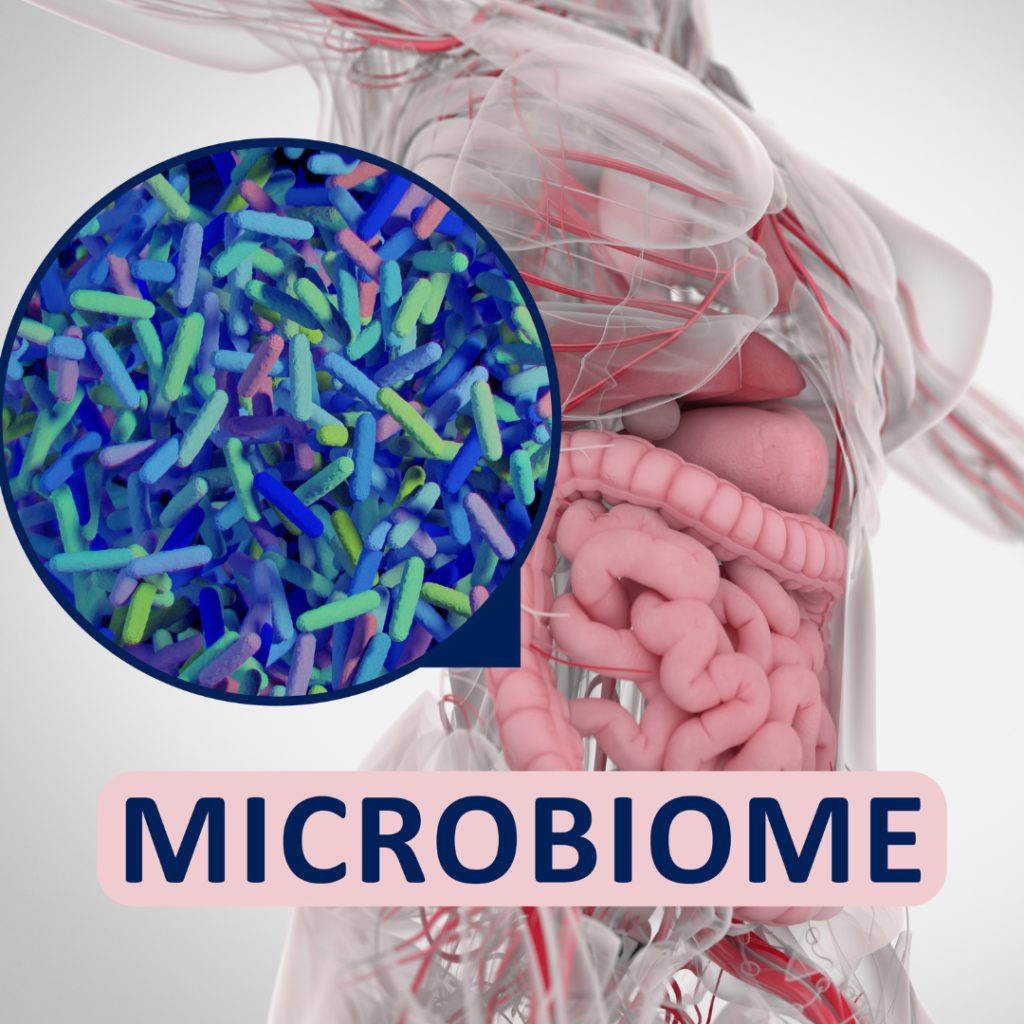Antioxidant Use for Mycotoxin Exposure
By Susan Tanner M.D. complete article written originally for and found at SinusitisWellness.com.
Antioxidants have been at the forefront of many health and wellness articles over the years following their detailed description and applications by world-renowned nutritional supplement expert Dr. Parris Kidd, Ph.D., back in the 1970s. The media also frequently advertises many antioxidant supplements as being the wellspring of health, vitality, and healing. Many claims about the treatment potential of antioxidants for cancer and other diseases have even been made but are hard to validate without knowing more about exactly what form is being used and in what scenarios.
What is an Antioxidant?
To understand the term “antioxidant,” it is important to also understand the term “oxidative stress.” Oxidation is the chemical process that happens to metals when they rust, or the brown color that develops on a cut apple, and is the result of exposure to the combination of oxygen with other elements. Some elements are less likely to combine with oxygen and are more impervious to rusting. In the human body, the term oxidative stress, or rusting, can occur when there is an imbalance between free radicals and antioxidants in your body. Free radicals are oxygen-containing molecules with an uneven number of electrons. This uneven number of electrons allows free radicals to react easily with other molecules. Antioxidants are molecules that can donate an electron to a free radical without making themselves unstable, which can allow the free radical to stabilize and become less reactive.


